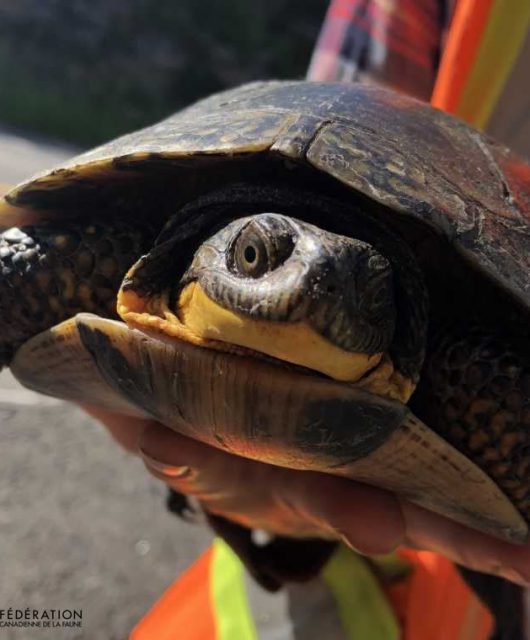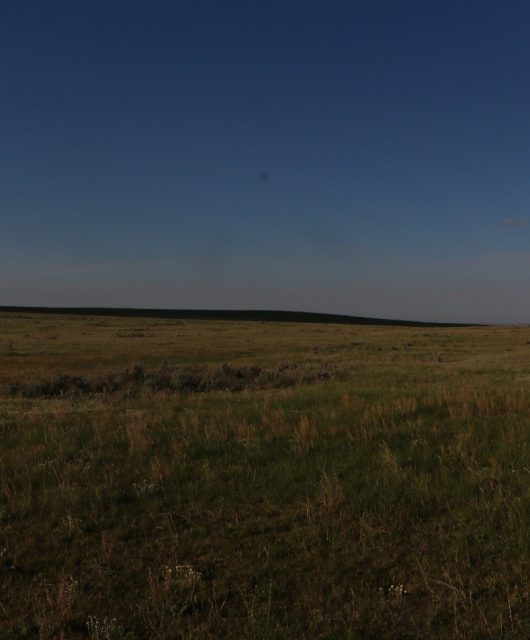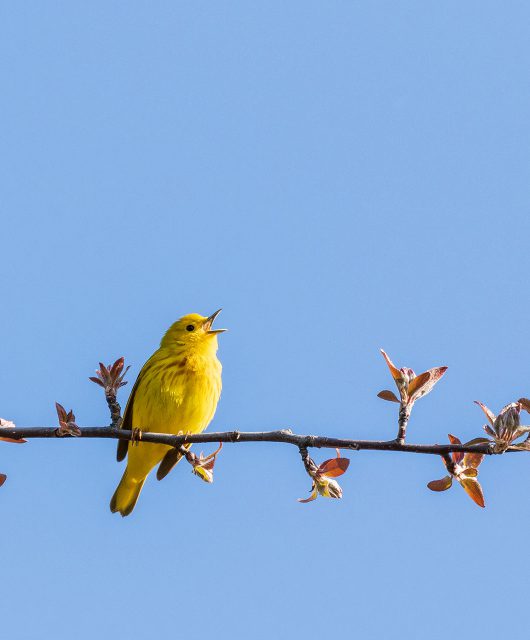The Swift Fox (Vulpes velox) is our smallest, fastest and least known fox species.
They’re a dog, but about the size of a housecat, weighing in at only 1.5 to three kilograms. Male Swift Foxes are slightly larger than females. They can be told apart from other fox species by the black patches on either side of their muzzle and a black-tipped tail.
Count yourself very lucky if you have seen a Swift Fox. They almost went extinct (extirpated) in the 1800’s and early 1900’s, due to settlement on the prairies. By 1938, there were no Swift Foxes left in Canada, and only a few populations on the American prairies. A successful reintroduction program in the 1990’s restored them to southern Alberta and they have since spread eastward into Saskatchewan. The population remains in small numbers though, and they are not yet out of the woods. Okay, they live on the prairies, so they are “out of the woods”, but you know what I mean. They are listed as a Threatened species in Canada and as Endangered under the Alberta and Saskatchewan Wildlife Acts. Surveys done in 2014 and 2015 estimated their populations to be around 523 animals in Canada.
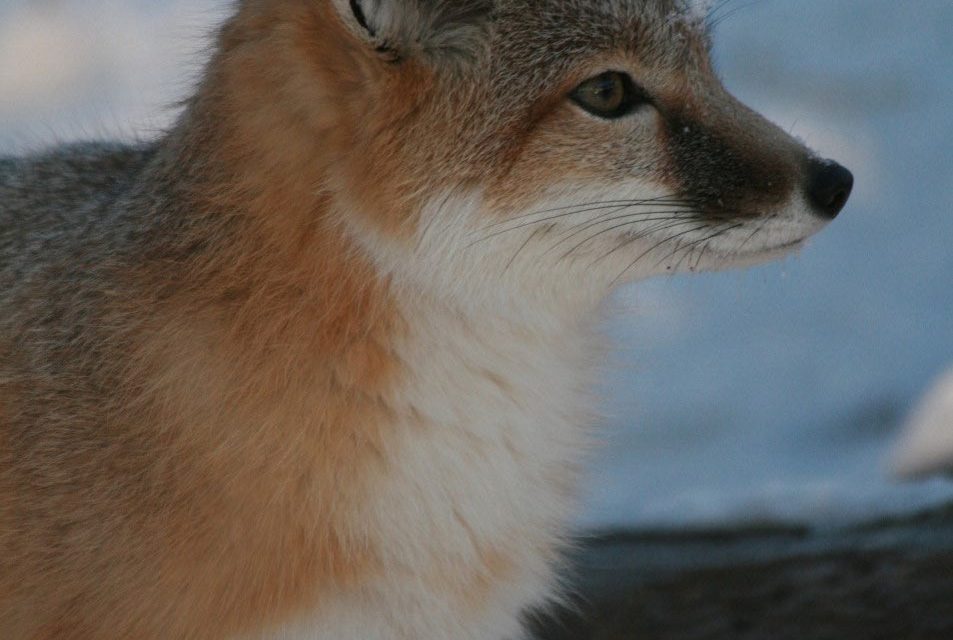
As you can imagine, winter on the prairies can be very harsh, with average temperatures of −15°C, and occasional dips to −35°C or colder, especially factoring in windchill.
So how do Swift Foxes survive extreme winter conditions of cold, wind and snow? Do they migrate to Florida? Hibernate for the winter like a bear?
In fact, they stay remarkably active and they hunt — a lot.
Swift Fox Adaptations to Winter
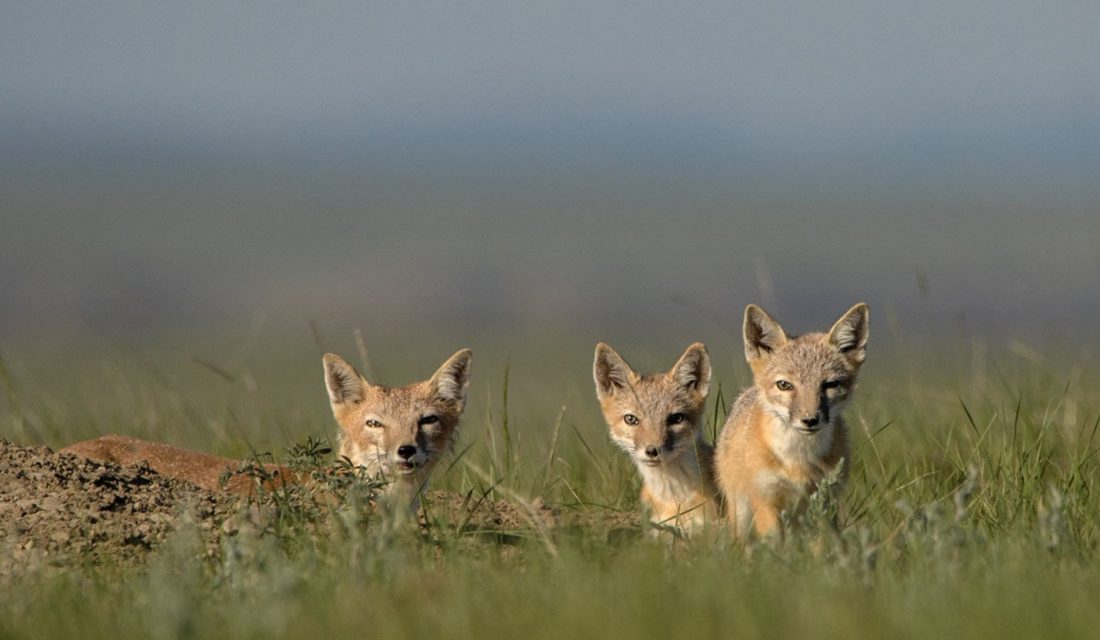
Adaptation strategies they use include:
- Growing a thicker, longer dark winter coat. This helps absorb the heat from the sun and retain body heat.
- Expanding their hunting range to an incredibly large area of 39.2 km2. Imagine walking that far for your food!
- Shelter in dens year-round. They will use a natal den for breeding, and then will either dig their own winter den or use dens from other species, such as badgers or ground squirrels, for the winter. Dens provide protection from the elements and predation in all seasons. They often choose winter dens closer to roads, since coyotes, their main predator, will avoid roads as they are associated with humans.
- Hunting at night, in the Canadian range, in tall and thick vegetation, such as they can find in the mixed grass prairie. Farmlands are not often used, likely to avoid competition with Red Foxes and because of disturbance that likely reduces their prey. Thicker vegetation provides cover from predators (coyotes and Golden Eagles) as well as better access to their main prey; small mammals, such as Richardson’s Ground Squirrel, mice, voles, rabbits and even insects. Late winter is tough for Swift Foxes, as prey can be hard to come by.
Overall, the Swift Fox has some unique strategies to stay alive during the prairie winter. Also important to note is how critical grassland habitat is to their survival. Efforts to conserve Canadian grasslands will directly benefit this species today and into the future.


